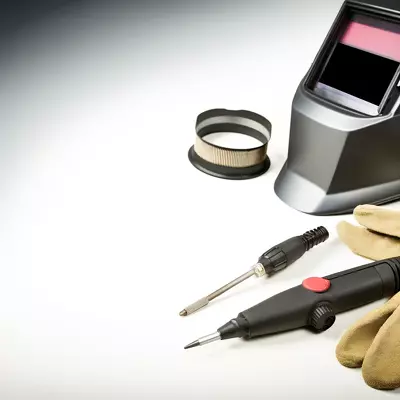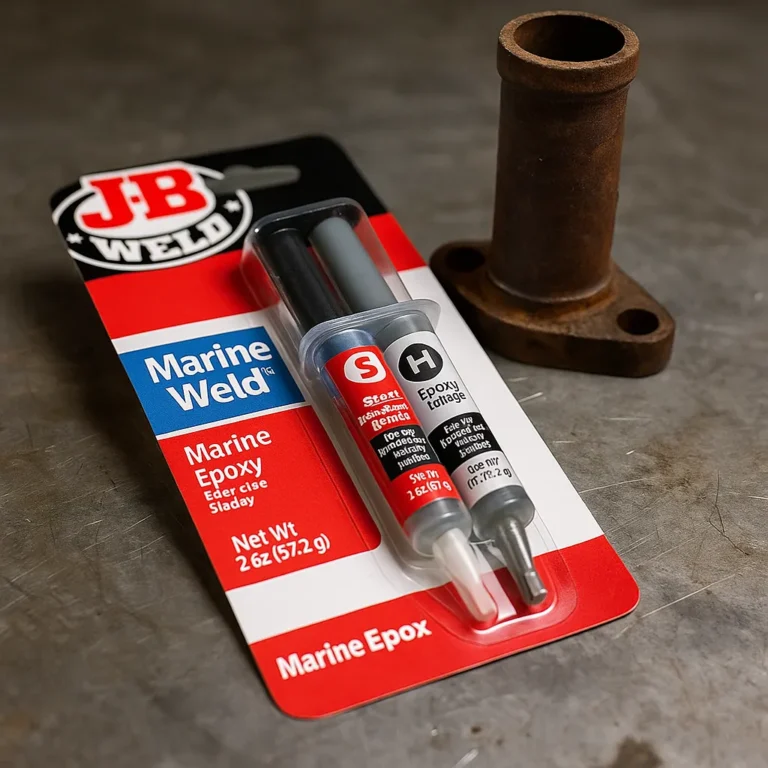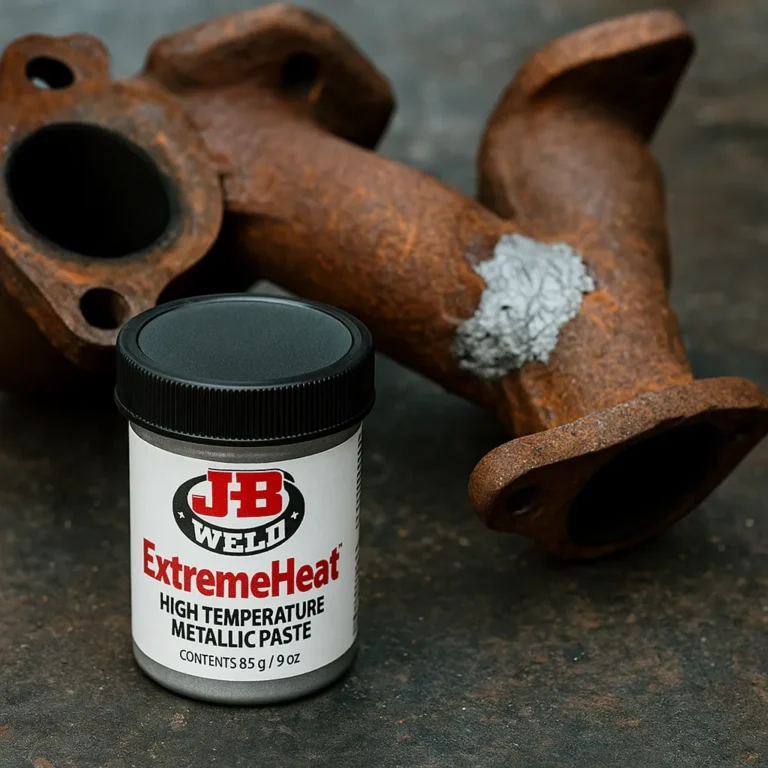What Is TIG Welding? A Clear, Beginner-Friendly Guide

Disclosure: This post contains affiliate links. As an Amazon Associate, I earn from qualifying purchases—at no extra cost to you.
Last Updated: November 2025
TIG welding is all about precision. It gives you steady heat control and a clean, calm puddle, which is why welders turn to it when appearance and accuracy matter. When you spot those smooth “stacked dime” beads on stainless, that’s almost always a TIG pass done right.
TIG does take more coordination than MIG or stick, but once you settle into the rhythm of holding the torch steady and dipping filler at the right pace, the motion feels more natural than most beginners expect.
👉 Before you compare different TIG setups, check our quick guide on finding the right welding machine to see which type matches your projects best.
🔍 How TIG Welding Works
TIG stands for Tungsten Inert Gas welding. The tungsten electrode creates the arc without melting, giving you separate control over heat and filler. That’s what lets TIG produce such clean, tight beads, especially on thin or delicate material.
Argon shielding gas protects the weld pool from contamination. When your gas flow and torch angle are dialed in, the arc feels smooth and predictable, making TIG a go-to method for stainless steel, aluminum, and detail-oriented fabrication.
🔍 When TIG Welding Is the Best Choice
Welders usually reach for TIG when the job demands a clean finish or the metal is thin enough to burn through with other processes. Stainless headers, aluminum tanks, and precise sheet-metal repairs all benefit from TIG’s steady pace and fine control.
It’s not the fastest process, and you’ll always use both hands, but the accuracy you get in return makes it ideal for work where appearance and consistency matter.
🔍 TIG Welding on Different Metals
TIG works well across a range of metals. Stainless steel welds smoothly and gives you bright beads when the heat is steady. Aluminum takes more practice because you’re running AC, but once you learn how to manage the oxide layer, it becomes predictable.
Mild steel handles well with simple DC settings. Chromoly needs careful heat control so you don’t weaken the material. Titanium is sensitive to contamination, but with strong shielding, TIG produces some of the cleanest results on it.
👉 Before working with different metals, take a quick look at our guide on choosing the right TIG welder for aluminum and stainless steel to match your machine to the material.
🔍 TIG Welding Equipment You’ll Need
Most TIG setups start with an AC/DC machine so you can tackle both steel and aluminum. Tungsten electrodes vary depending on the metal and amperage, and you’ll quickly get a feel for which types work best for your setup.
A good torch with a gas lens improves shielding, while argon gas keeps the puddle clean. Filler rods should match your base metal for consistent welds. A foot pedal or fingertip control lets you fine-tune heat on the fly, which becomes a huge advantage once you get comfortable.
👉 Before checking tools and accessories, take a quick look at our full list of essential welding equipment to see what every setup really needs: welding tools and equipment.
🔍 Common Beginner Mistakes
Every new TIG welder dips their tungsten—it’s part of the learning curve. Overheating thin metal or losing shielding when moving too fast are also common early mistakes. These issues fade as you learn how to brace your hands and maintain a steady arc length.
Torch angle and filler timing improve quickly with practice. Once your muscle memory develops, TIG becomes a very controlled and satisfying process.
📌 Key Takeaways
- TIG welding produces the cleanest, most controlled welds.
- It’s slower to learn but perfect for thin metals and detailed work.
- Stainless and aluminum benefit most from TIG’s precision.
- Good torch support and solid gas coverage make all the difference.
- Beginner mistakes disappear with steady practice.
🟢 FAQs About TIG Welding
What is TIG welding used for most often?
It’s commonly used for stainless steel, aluminum, thin sheet metal, and jobs where clean, accurate beads matter.
Is TIG easier than MIG?
Not usually. TIG requires more coordination and a steadier hand, while MIG is faster for beginners to pick up. TIG offers greater precision once your technique develops.
Can beginners learn TIG welding?
Yes. With consistent practice and good torch support, beginners can create strong, smooth beads far earlier than they expect.
✅ Conclusion
TIG welding is one of the most controlled and versatile welding processes you can learn. It takes time to manage the torch, filler, and heat together, but once everything clicks, TIG allows you to create clean, professional-looking welds on stainless steel, aluminum, and other metals. For any project where accuracy and appearance matter, TIG is a skill worth developing.






